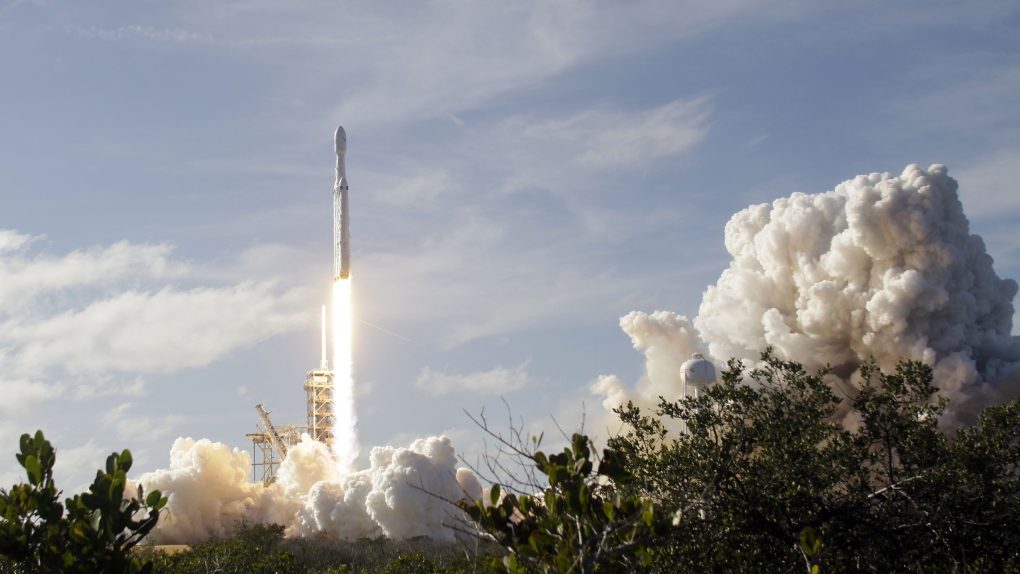SpaceX is continuing its rapid-fire schedule of rocket launches today with a dual-purpose mission to deliver satellites for both NASA and its communications client Iridium. The launch will pose a special challenge for SpaceX as it requires the two payloads to be delivered at different altitudes, with NASA’s hardware being deployed at around 300 miles and the Iridium NEXT satellites at nearly 500 miles.
The launch is scheduled for today at exactly 12:47pm PDT (3:47pm EDT). It’s an instantaneous launch opportunity rather than a launch window, meaning that if everything is ready to go at exactly that moment it will be pushed back to the backup slot, which is Wednesday, May 23rd, at 12:42pm PDT (3:42pm EDT).
“The GRACE-FO satellites will be deployed approximately eleven minutes and thirty seconds after launch, followed by the deployment of five Iridium NEXT satellites beginning about an hour after launch,” SpaceX says, making it sound oh so easy. In reality, the deployment of the two payloads will be separated not just by time but also by a burn of the Falcon 9’s second stage engine to push it even farther away from Earth.
SpaceX has already delivered a number of Iridium satellites into orbit, so that part of the mission is business as usual, but the launch of the GRACE satellites is a pretty special occasion. The satellites are scientific tools that will allow NASA to carefully detect differences in the gravitation pull of Earth over certain areas.
Because Earth isn’t a perfectly uniform sphere, areas of space directly above land masses exert more pull than open water. The satellites can detect those tiny changes in gravity and scientists use that data to map the presence of water both on and below the surface of the planet. The work has been ongoing for over a decade now, and these two new satellites are replacements for older ones that served a similar purpose.
If you want to watch the launch live you can do so via the YouTube window embedded above. The stream will spring to life shortly before the scheduled launch opportunity and SpaceX will provide commentary and additional details as the event unfolds.







